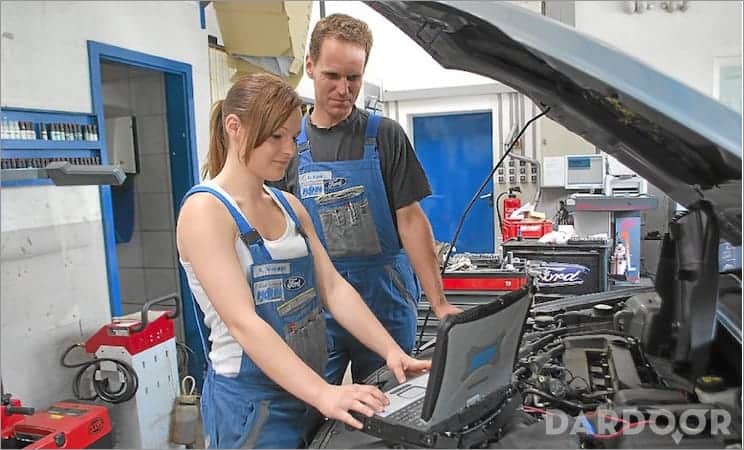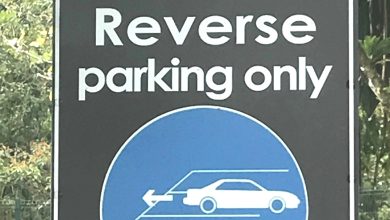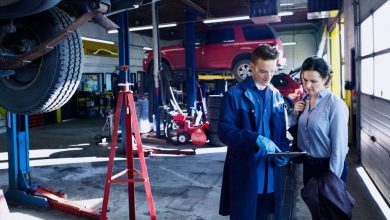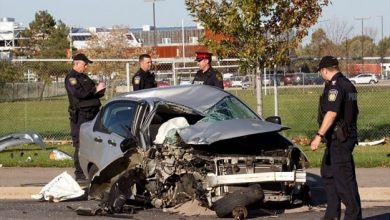
If your Check Engine Light has come on, there are a number of conditions that could be causing it. Many are related to the transmission. Your mechanic can perform a computer analysis that will reveal the problems that can be causing the Check Engine Light to come on in the form of alphanumeric codes known as P codes. The following are among the most common P codes:
P0218: Transmission over-temperature condition
Your transmission is overheating. Some vehicles have a dash light that will say “trans over temp,” but not all vehicles have this feature. This code could mean that the fluid sensor needs to be replaced, but it could also be something far more complex, especially if accompanied by other P codes.
P0613: TCM processor
You don’t have to worry much about this code – it’s just telling you that there’s an internal error in the transmission control module (TCM). It’s a programming issue. You can take your car to the dealer and have the TCM replaced.
P0614: ECM/TCM incompatible
This is another purely informational code, telling you that the ECM and the TCM aren’t on speaking terms. If you have this code, chances are that one or the other has been recently replaced, and if you installed a used part, it’s not configured to work with the newer part. On newer vehicles, these parts are programmed to work with just one specific vehicle, and can’t be programmed to work with another.
P0700: Transmission control system malfunction
Again, this is an informational code. With most vehicles, the TCM is the only computer that can turn on the check engine light. If there’s a problem preventing the light from coming on, you’ll see this code.
P0706: Transmission range sensor circuit range/performance
The transmission range sensor tells the TCM the position of the gear lever. It also contains a neutral safety switch, which ensures that you can only start your car in neutral or park. This code could indicate corrosion or other problems in the transmission range sensor.
P0715: Input/turbine speed sensor circuit malfunction
Your automatic transmission uses input and output speed sensors to determine whether your transmission is in the gear that the transmission control module (TCM) wants it to be in. If you see this code, it means that the TCM isn’t correctly calculating the shift pattern. You’ll usually find that the transmission goes into “limp” mode if this happens. A corroded connector or a problem with the wiring could be the problem, and the usual solution is to replace the input speed sensor.
P0720: Output speed sensor circuit malfunction
The speed sensors tell you how fast your output or input shaft is moving. If the TCM can’t read this information, your speedometer won’t read accurately. The output speed sensor may need to be replaced.
P0729-P0736
These codes all report problems with the gear ratio. The only difference in these transmission trouble codes is the gear that’s being identified. They’re all reporting the same error, but they’re reporting it for different gears. The TCM’s input and output sensors measure the speed of the input and output shafts, and if they’re not moving at the right speed, you’ll get these transmission trouble codes. Most of the time the problem is as simple as low transmission fluid, although it could also indicate problems with the torque converter clutch or a shift solenoid if combined with other P codes.
The torque converter turns the engine’s rotational speed into a twisting force to propel your vehicle and delivers additional gear ratio when driving at highway speeds. A solenoid regulates the torque converter clutch, and if you see this P-code it could mean that the solenoid is corroded or otherwise damaged. If that’s not the case, then it could be a problem in the wiring around the solenoid.
P0750-P0770
These codes all relate to shift solenoid failure. Your TCM tells your transmission how and when to shift by opening one of these solenoids to allow transmission fluid to pass into the transmission’s hydraulic control section for the specific gear. If one shift solenoid malfunctions, the gear that it’s intended to control won’t work properly, if it even works at all. You’ll usually see other P codes along with these.
These are the most common transmission trouble codes. Once your mechanic has completed the computer diagnostics for transmission problems, he or she can advise you as to what repairs are needed.








